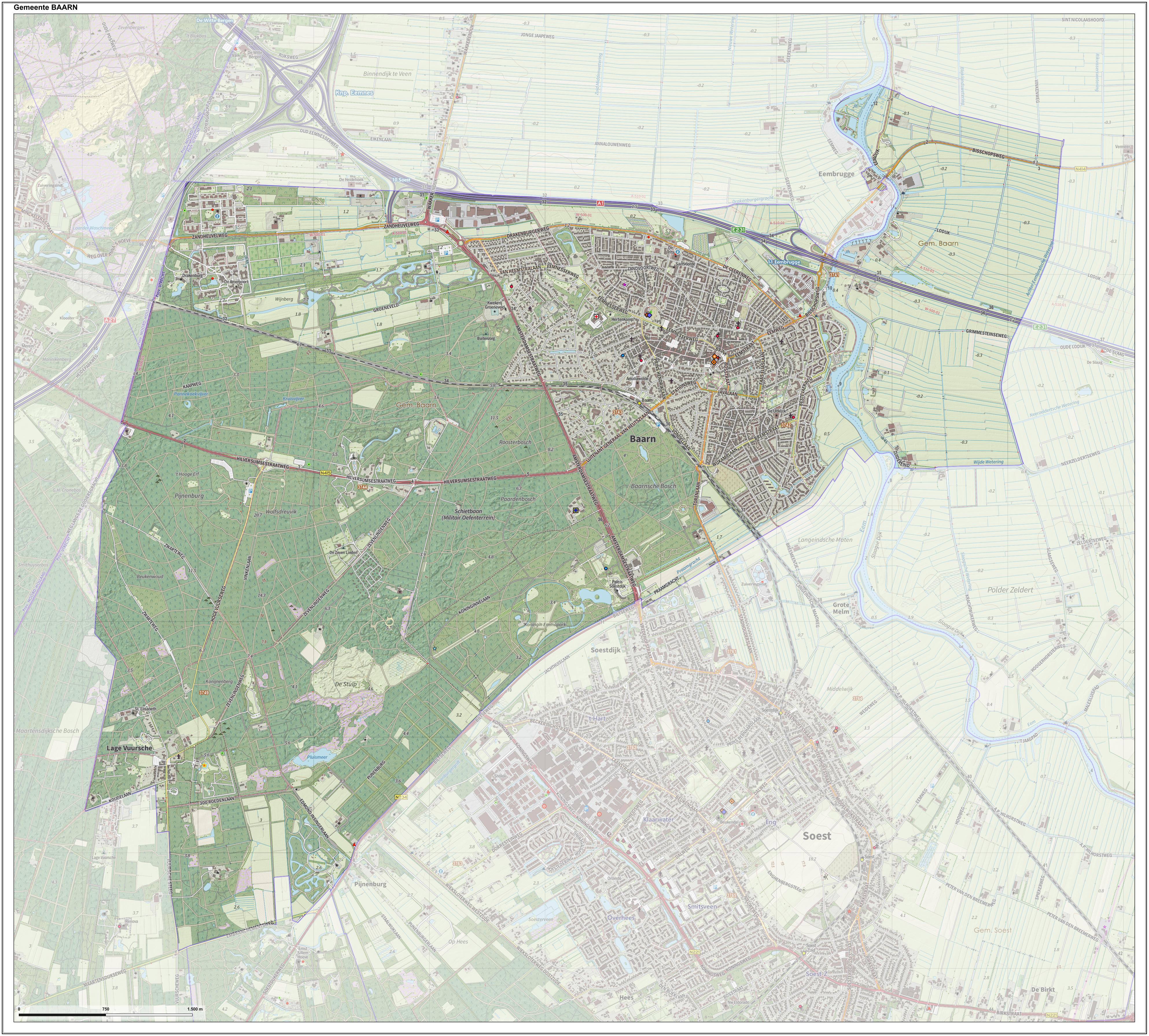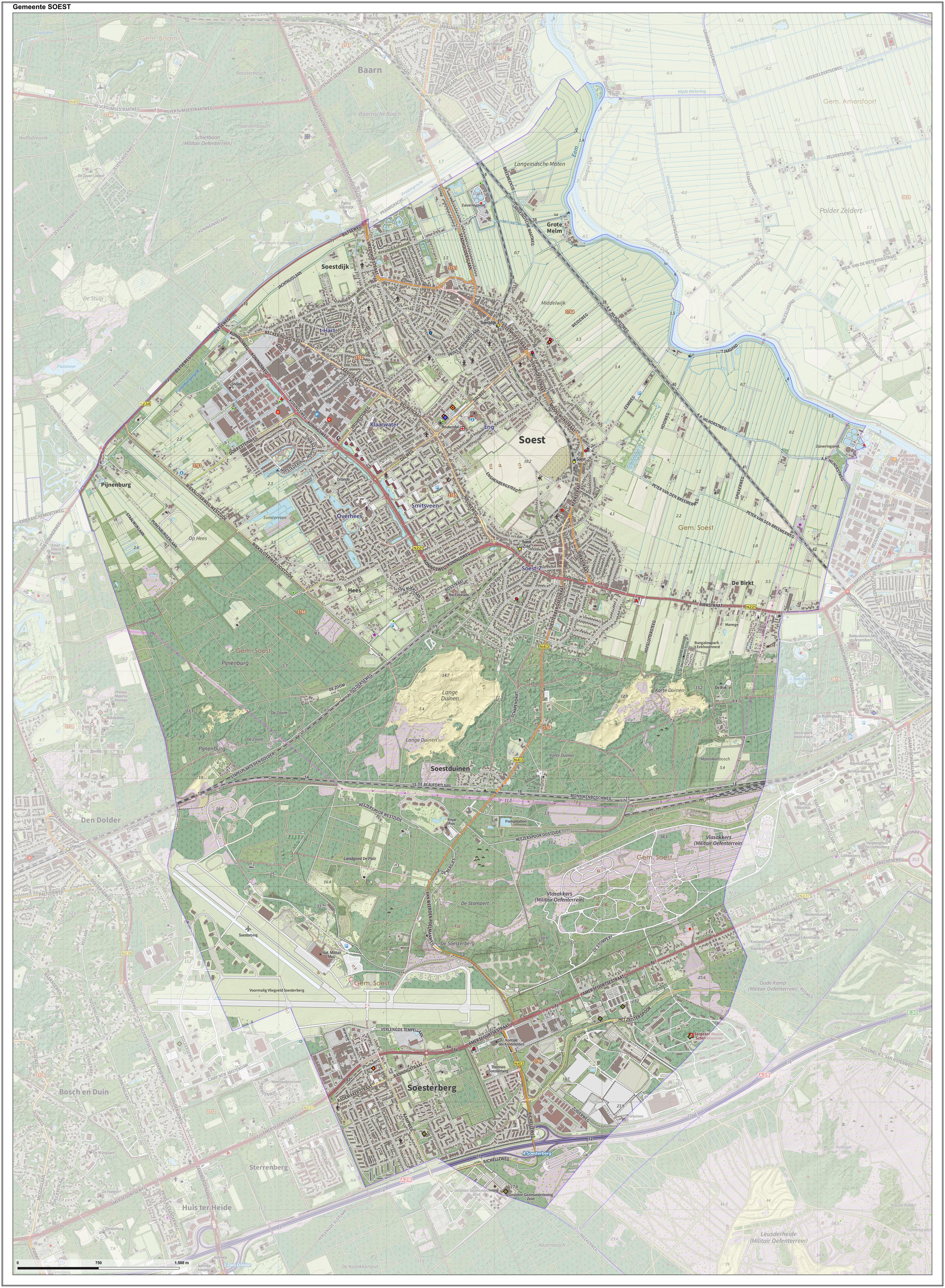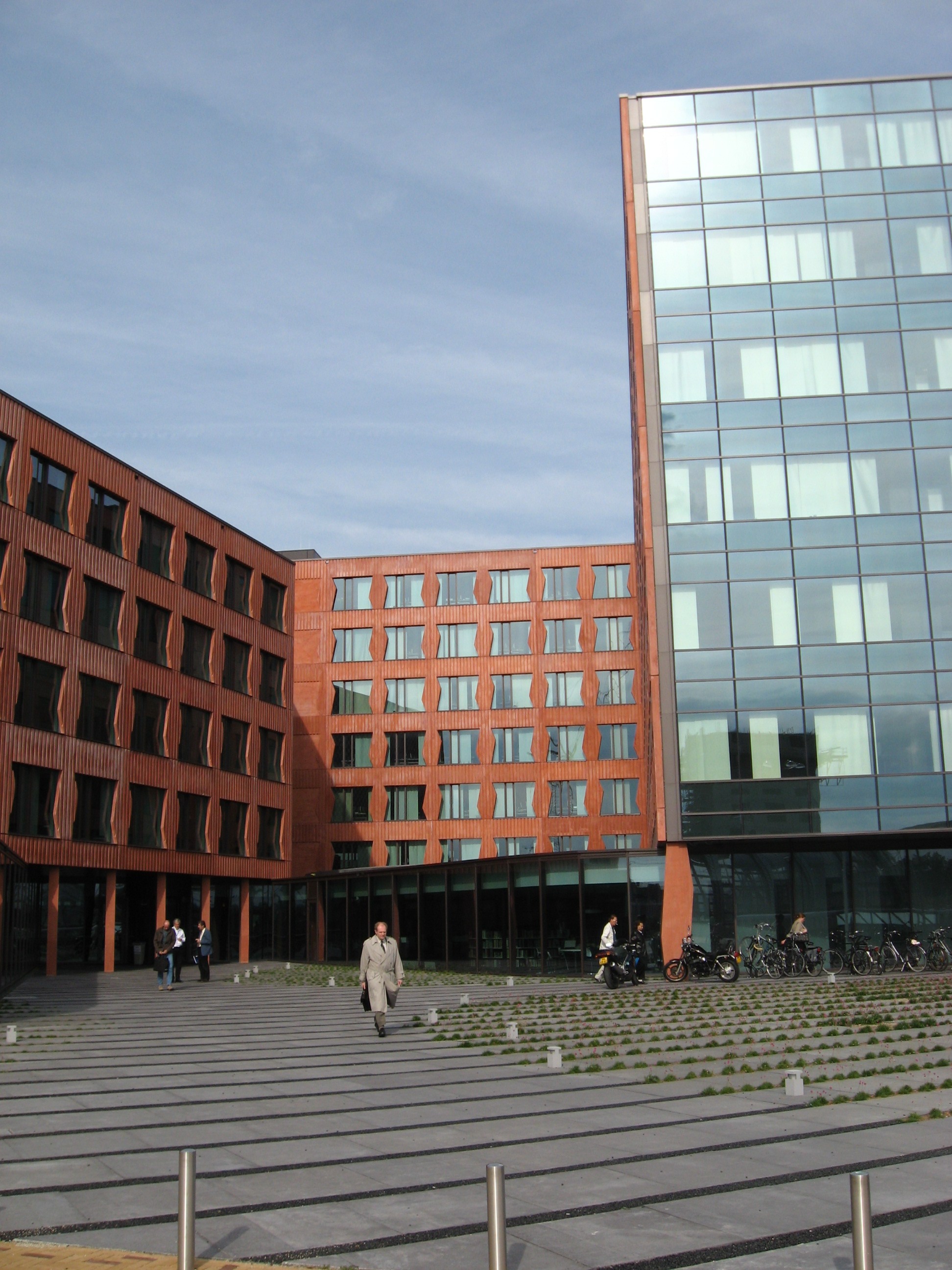|
Lage Vuursche
Lage Vuursche () is a village in the municipality of Baarn in the Netherlands. It lies about west of Soest (Netherlands), Soest, surrounded by woods, in the province of Utrecht (province), Utrecht. In 2001 the village of Lage Vuursche had 139 inhabitants. The built-up area of the town was 0.04 km², and contained 61 residences.Statistics Netherlands (CBS), ''Bevolkingskernen in Nederland 2001'' . Statistics are for the continuous built-up area. The slightly larger statistical district of Lage Vuursche has about 210 inhabitants.Statistics Netherlands (CBS), ''Gemeente Op Maat 2004: Baarn' Until 1857 the village was a separate municipality, under the name ''De Vuursche'', together with the small hamlet Hoge Vuursche. It then merged with the municipality of Baarn. The castle Drakensteyn, since February 2014 residence again of Princess Beatrix of the Netherlands, Beatrix, is situated just east of the village. Her son Prince Friso is buried in the graveyard beside the moated man ... [...More Info...] [...Related Items...] OR: [Wikipedia] [Google] [Baidu] |
Village
A village is a human settlement or community, larger than a hamlet but smaller than a town with a population typically ranging from a few hundred to a few thousand. Although villages are often located in rural areas, the term urban village is also applied to certain urban neighborhoods. Villages are normally permanent, with fixed dwellings; however, transient villages can occur. Further, the dwellings of a village are fairly close to one another, not scattered broadly over the landscape, as a dispersed settlement. In the past, villages were a usual form of community for societies that practice subsistence agriculture and also for some non-agricultural societies. In Great Britain, a hamlet earned the right to be called a village when it built a church.-4; we might wonder whether there's a point at which it's appropriate to talk of the beginnings of French, that is, when it wa ... ''village'', from Latin ''villāticus'', ultimately from Latin ''villa'' (English ''vi ... [...More Info...] [...Related Items...] OR: [Wikipedia] [Google] [Baidu] |
Baarn
Baarn () is a municipality and a town in the Netherlands, near Hilversum in the province of Utrecht (province), Utrecht. The municipality of Baarn The municipality of Baarn consists of the following towns: Baarn, Eembrugge, Lage Vuursche. The town of Baarn Baarn, the main town of the municipality, received City rights in the Netherlands, city rights in 1391. The town lies about 8 km east of Hilversum. In 2001, the town of Baarn had a population of 22,871. The urban area of the town was , and consisted of 10,076 residences.Statistics Netherlands (CBS), ''Bevolkingskernen in Nederland 2001'' . Statistics are for the continuous built-up area. The royal family owns several houses around Baarn. The Soestdijk Palace in Baarn was the home of Emma of the Netherlands, Queen Emma, Juliana of the Netherlands, Queen Juliana and Juliana's husband prince Prince Bernhard of the Netherlands, Bernard. Crown prince Willem-Alexander, Prince of Orange, Willem Alexander and his brothers a ... [...More Info...] [...Related Items...] OR: [Wikipedia] [Google] [Baidu] |
Utrecht (province)
Utrecht (), officially the Province of Utrecht (), is a Provinces of the Netherlands, province of the Netherlands. It is located in the centre of the country, bordering the Eemmeer in the north-east, the province of Gelderland in the east and south-east, the province of South Holland in the west and south-west and the province of North Holland in the north-west and north. The province of Utrecht has a population of about 1,388,000 as of January 2023. With a land area of approximately , it is the second smallest province in the country. Apart from its Utrecht, eponymous capital, major cities and towns in the province are Amersfoort, Houten, IJsselstein, Nieuwegein, Veenendaal and Zeist. The busiest railway station in the Netherlands, Utrecht Centraal railway station, Utrecht Centraal, is located in the province of Utrecht. History The Archdiocese of Utrecht (695–1580), Bishopric of Utrecht was established in 695 when Saint Willibrord was consecrated bishop of the Frisians a ... [...More Info...] [...Related Items...] OR: [Wikipedia] [Google] [Baidu] |
Netherlands
, Terminology of the Low Countries, informally Holland, is a country in Northwestern Europe, with Caribbean Netherlands, overseas territories in the Caribbean. It is the largest of the four constituent countries of the Kingdom of the Netherlands. The Netherlands consists of Provinces of the Netherlands, twelve provinces; it borders Germany to the east and Belgium to the south, with a North Sea coastline to the north and west. It shares Maritime boundary, maritime borders with the United Kingdom, Germany, and Belgium. The official language is Dutch language, Dutch, with West Frisian language, West Frisian as a secondary official language in the province of Friesland. Dutch, English_language, English, and Papiamento are official in the Caribbean Netherlands, Caribbean territories. The people who are from the Netherlands is often referred to as Dutch people, Dutch Ethnicity, Ethnicity group, not to be confused by the language. ''Netherlands'' literally means "lower countries" i ... [...More Info...] [...Related Items...] OR: [Wikipedia] [Google] [Baidu] |
Telephone Numbers In The Netherlands
Telephone numbers in the Netherlands are administered by the Ministry of Economic Affairs, Agriculture and Innovation of the Netherlands. The telephone numbering plan may be grouped into three general categories: geographical numbers, non-geographical numbers, and numbers for public services. Geographical telephone numbers have nine digits and consist of an area code of two or three digits and a subscriber number of seven or six digits, respectively. When dialled within the country, the number must be prefixed with the trunk access code 0, identifying a destination telephone line in the Dutch telephone network. Non-geographical numbers have no fixed length, but also require the dialling of the trunk access code (0). They are used for mobile telephone networks and other designated service types, such as toll-free dialling, Internet access, voice over IP, restricted audiences, and information resources. In addition, special service numbers exist for emergency response, directory ... [...More Info...] [...Related Items...] OR: [Wikipedia] [Google] [Baidu] |
Village
A village is a human settlement or community, larger than a hamlet but smaller than a town with a population typically ranging from a few hundred to a few thousand. Although villages are often located in rural areas, the term urban village is also applied to certain urban neighborhoods. Villages are normally permanent, with fixed dwellings; however, transient villages can occur. Further, the dwellings of a village are fairly close to one another, not scattered broadly over the landscape, as a dispersed settlement. In the past, villages were a usual form of community for societies that practice subsistence agriculture and also for some non-agricultural societies. In Great Britain, a hamlet earned the right to be called a village when it built a church.-4; we might wonder whether there's a point at which it's appropriate to talk of the beginnings of French, that is, when it wa ... ''village'', from Latin ''villāticus'', ultimately from Latin ''villa'' (English ''vi ... [...More Info...] [...Related Items...] OR: [Wikipedia] [Google] [Baidu] |
Soest (Netherlands)
Soest () is a municipality and town in the central Netherlands, in the province of Utrecht. It is about west of Amersfoort. Population centres The town of Soest The oldest documents mentioning Soest (then written as ''Zoys'') date from 1029. Its oldest church (the ''Oude Kerk'', meaning ''Old Church''), which is still in use today, dates from the fifteenth century. Traces of earlier habitation are found though. The area of "Hees", now at the outskirts of Soest may date in to the Early Middle Ages, and prehistoric burial mounds in the Soesterduinen point to early habitation in this area. Agricultural activity is still visible as there is much farmland within Soest. The biggest area is in the center of the town, on a hill, and are called 'de Engh'. A small street is ''het Kerkpad'' (literally, the Church Path). The Soesterduinen (sand dunes), is a popular area for recreation. Numerous churches depict the Calvinist/Catholic tradition of Soest and the region. Wilhelmina Kerk ... [...More Info...] [...Related Items...] OR: [Wikipedia] [Google] [Baidu] |
Statistics Netherlands
Statistics Netherlands, founded in 1899, is a Dutch governmental institution that gathers statistical information about the Netherlands. In Dutch it is known as the Centraal Bureau voor de Statistiek (''Central Agency for Statistics''), often abbreviated to CBS. It is located in The Hague and Heerlen. Since 3 January 2004, Statistics Netherlands has been an independent public body, or quango. Its independent legal status enables the reliable collection and dissemination of information to support public debate, policy development and decision-making. CBS collects statistical information on themes such as: * Count of the population * Consumer prices * Economic growth * Personal and household incomes * Unemployment * Religion The programme of CBS needs to be ratified by the Central Commission for Statistics, which was replaced by an Advisory Board in 2016. This independent board must ensure the impartiality, independence, quality, relevance, and continuity of CBS, according to ... [...More Info...] [...Related Items...] OR: [Wikipedia] [Google] [Baidu] |
Hoge Vuursche
Lage Vuursche () is a village in the municipality of Baarn in the Netherlands. It lies about west of Soest, surrounded by woods, in the province of Utrecht. In 2001 the village of Lage Vuursche had 139 inhabitants. The built-up area of the town was 0.04 km², and contained 61 residences.Statistics Netherlands (CBS), ''Bevolkingskernen in Nederland 2001'' . Statistics are for the continuous built-up area. The slightly larger statistical district of Lage Vuursche has about 210 inhabitants.Statistics Netherlands (CBS), ''Gemeente Op Maat 2004: Baarn' Until 1857 the village was a separate municipality, under the name ''De Vuursche'', together with the small hamlet Hoge Vuursche. It then merged with the municipality of Baarn. The castle Drakensteyn, since February 2014 residence again of Princess Beatrix, is situated just east of the village. Her son Prince Friso is buried in the graveyard beside the moated manor. Apart from the royal family the most famous person from Lage ... [...More Info...] [...Related Items...] OR: [Wikipedia] [Google] [Baidu] |
Drakensteyn
Drakensteyn Castle (Dutch: ''Drakensteyn'', sometimes ''Drakesteijn'' or ''Drakestein'') is a small castle at 8 Slotlaan in the hamlet of Lage Vuursche, in the municipality of Baarn, Netherlands. It is the private residence of Princess Beatrix of the Netherlands, the country's former Queen. The royal connection aside, its most distinctive feature is its octagonal shape. It is surrounded by a moat that can be crossed via a bridge. Its style can be described as Classicist. History A house called Drakesteijn at this location was first mentioned in 1360, but the current building was constructed in the years 1640–1643 for a Gerard van Reede Läm. In 1634 Drakensteyn was passed to Ernst van Reede. In the 17th and 18th centuries the castle changed hands several times. The mayor of Utrecht, Paulus Wilhelmus Bosch became the owner of Drakensteyn Castle from 1807 and he and his family owned the house for 150 years until Frederik Lodewijk Bosch van Drakestein sold it to Princess B ... [...More Info...] [...Related Items...] OR: [Wikipedia] [Google] [Baidu] |
Beatrix Of The Netherlands
Beatrix (Beatrix Wilhelmina Armgard, ; born 31 January 1938) is a member of the Dutch royal house who reigned as List of monarchs of the Netherlands, Queen of the Netherlands from 30 April 1980 until her abdication in 2013. Beatrix was born during the reign of her maternal grandmother, Queen Wilhelmina, and became heiress presumptive upon the accession of her mother, Queen Juliana, in 1948. Beatrix attended a public primary school in Canada during World War II, and then finished her primary and secondary education in the Netherlands in the post-war period. In 1961, she received her law degree from Leiden University. In 1966, Beatrix married Claus von Amsberg, a Germans, German diplomat, with whom she had three children. When her mother abdicated on 30 April 1980, Beatrix succeeded her as queen. Beatrix's reign saw the country's Netherlands Antilles, Caribbean possessions reshaped with Aruba's Status aparte, secession and becoming its own Countries of the Kingdom of the Nether ... [...More Info...] [...Related Items...] OR: [Wikipedia] [Google] [Baidu] |
Prince Friso
Prince Friso of Orange-Nassau (; 25 September 1968 – 12 August 2013) was the second son of Queen Beatrix of the Netherlands and Claus von Amsberg, and younger brother of King Willem-Alexander. Friso was a member of the Dutch Royal Family, but because of his marriage without an Act of Consent in 2004, he lost his membership of the Dutch Royal House and was no longer in the line of succession to the throne. On 17 February 2012, Prince Friso was buried under an avalanche in Lech, Austria, while skiing off piste. He was taken to a hospital in Innsbruck, where he was in a critical but stable condition. According to his doctor, even though he was trapped for a relatively short time and hopes had originally been higher, subsequent neurological tests showed that after fifty minutes of cardiopulmonary resuscitation in moderate hypothermia, he suffered massive brain damage due to oxygen shortage. His initial coma later progressed to a minimally conscious state, and it was unclear whet ... [...More Info...] [...Related Items...] OR: [Wikipedia] [Google] [Baidu] |







